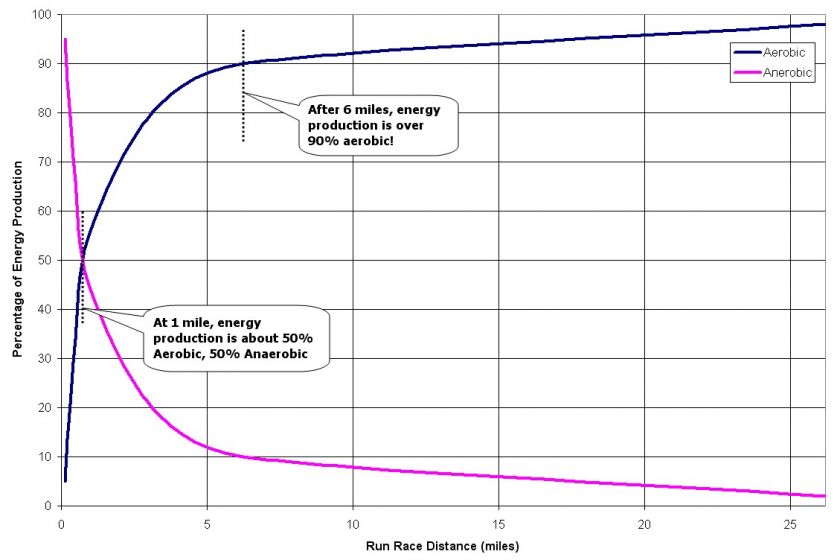The following content was provided by Registered Dietitian, Rachel Gargano.
Exercise in general is very beneficial. It helps improve cardiovascular health, reduces stress, helps with weight maintenance as well as overall quality of life. And yet it can play a role, or be a trigger, for a combination of health issues called the Female Athlete Triad.
This syndrome, which includes disordered eating, menstrual dysfunction, and reduced bone mineral density, can be present in female athletes of all levels; from high school girls just joining a team to elite adult athletes. Whether intentional or not, it occurs when there is a lower calorie intake than what the body needs to support increased activity, needs for recovery, as well as necessary nutrients for everyday functioning.
Reduction of caloriesmay occur inadvertently because a newbie athlete (or an athlete taking on a larger goal such as IM, HIM, or a marathon with increased training volume) may not know how to fuel their workouts appropriately and how many more calories they need to support good health and optimal performance.
On the other end of the spectrum, the pressure of being a certain physique (read: thin), may cause the athlete to intentionally and strictly control their calorie intake, even becoming anxious of eating certain 'bad' foods. This controlled eating may be anywhere on the disturbed eating spectrum, from disordered eating to a full blown eating disorder.
Some sports - such as gymnastics, ice skating, ballet/dance, and endurance running - emphasize a smaller physique, putting remarkable pressure on a female athlete to restrict their food intake.
Menstrual dysfunctionis when menstruation does not happen on a consistent cycle. It may be too short, too long, or stop all together. Some athletes think this means they are training well; but in reality this is not healthy and should not occur. The cause of menstrual dysfunction isn't completely understood, but may be from a variety of factors from too little few calories, to too rigorous an athletic training schedule.
Reduced bone mineral densityis when the bone is not as strong as it should be, and is a stepping stone to osteoporosis. Causes include low estrogen (if the female has irregular or nonexistent periods), low body weight (also a cause of low estrogen), or from insufficient nutrient intake; particularly of protein, calcium, and vitamin D. Low bone mineral density make women (and men) more prone to bone fractures, breaks, and osteoporosis.
Prevention, Screening, and Treatment
Prevention of the Triad is key. Athletes and coaches should be educated on healthy eating habits and caloric needs for specific sports, as well as good fueling techniques before, during, and after exercise.
The biggest warning sign, which should be screened for, is irregular or absent menstruation. Another red flag is sustaining stress fractures or low impact fractures - at which point the Female Athlete Triad has progressed to a more serious state.
Treatment should include a team approach with a physician, registered dietitian, and for those with a more serious eating disorder, a mental health practitioner. The coach (and parent if necessary) should also be involved in management.
At -risk athletes, and those who have already been diagnosed, should be referred to a dietitian for a dietary assessment and recommendations. The dietitian can provide a plan with specific calorie, macronutrient, and micronutrient goals to help bring the athlete up to nutritional health and back to performing well.
Ongoing treatment and monitoring should be conducted by the team to ensure that the athlete continues to improve, and eligibility to participate in athletic activities should be determined on an individual basis. If improvements are not being made, the athlete may need to be taken out of training completely.
Along with dietary changes, weight bearing exercises such as free weights and other resistant exercise can help improve bone mineral density.
The Core Diet ensures that all of its athletes are performing their best by working individually with them to determine calorie and macronutrient goals that fit their individual needs. Even when weight loss is the goal, fueling comes first to ensure performance continues to improve, and caloric/nutrient needs are adjusted to help prevent injury and syndromes such as the Female Athlete Triad.
Physical activity is an important part of health and wellness, but as more women engage in physical activity it's important to be aware of the potential health risks that are present and to screen for them.















Comments